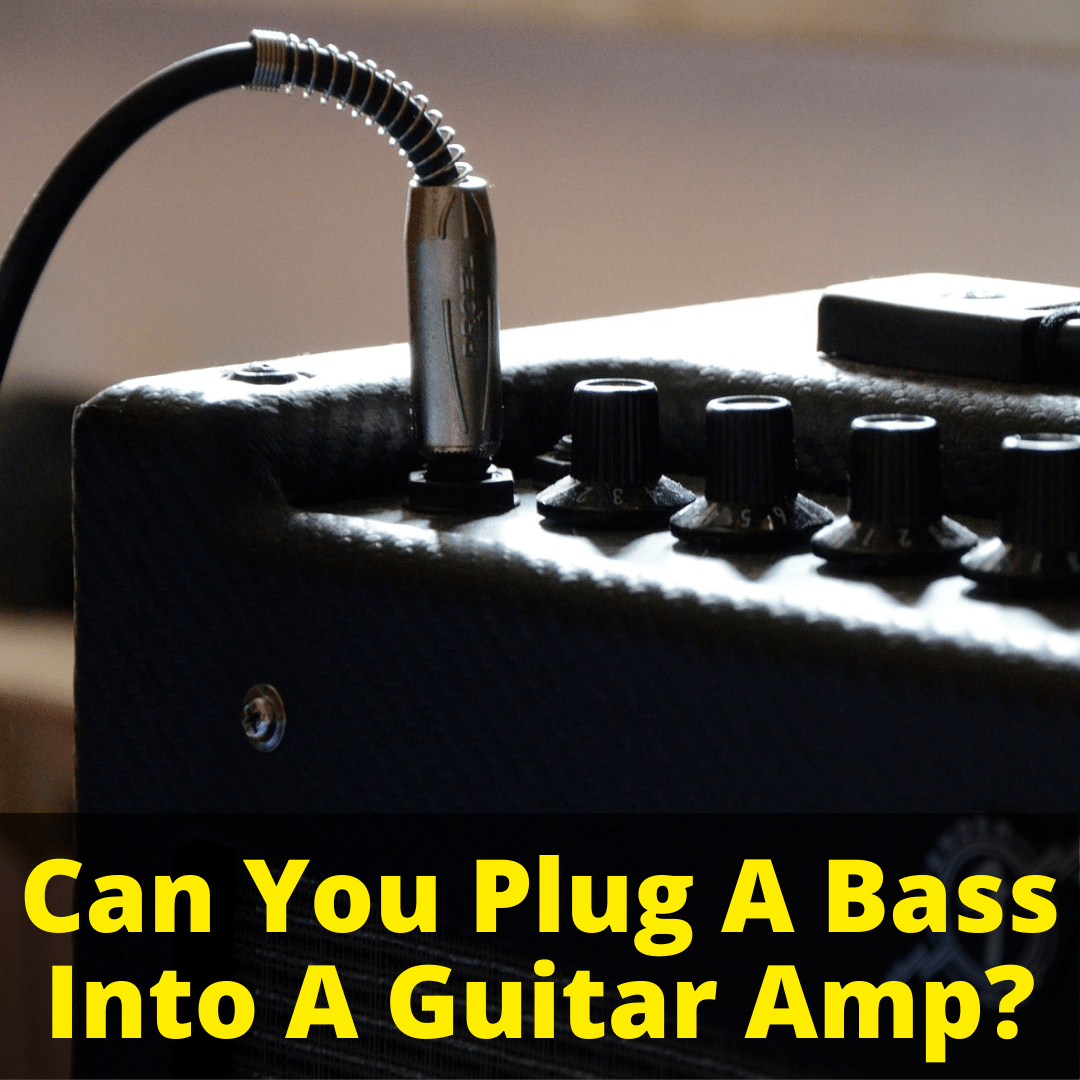 So you’re thinking of buying an electric bass guitar. Or you just bought one.
So you’re thinking of buying an electric bass guitar. Or you just bought one.
Now you need an amp.
Luckily, you already have a guitar amplifier. You can just use that right?
Yes, you can. But you really shouldn’t.
It won’t sound right and it can cause serious problems down the road.
Let’s find out exactly what you can expect if you use a guitar amp with your bass guitar. We’ll also take a look at a better way to do it and some great alternatives.
Table of Contents
Can You Play A Bass Through A Guitar Amp?
Guitar and bass guitar amps are made to support and pronounce different frequencies.
While plugging a bass guitar into a regular guitar amp is possible, there are certain problems that can occur. They mostly happen in the long run.
This primarily comes down to how speakers are made. A bass guitar can potentially ruin your guitar amp’s drivers, if the equalizer is set to boost some of the bottom-end frequencies.
Differences Between Guitar And Bass Guitar Amplifiers
The main differences come down to the circuitry of the preamp and power amp sections, as well as the type of speakers and the overall power output.
When it comes to bass guitars, the amp is supposed to pronounce those bottom-end frequencies, even when a bassist is playing the notes of the same exact pitch as a guitarist would on their instrument.
And this is exactly what bass amps are designed to do – processing and pronouncing those frequencies that are produced through thicker strings and specially designed pickups.
After going through preamp and power amp sections, speakers do all the hard work of pushing that bottom-end-heavy sound of bass guitars.
Compared to regular electric guitar amps, these speakers are designed to handle not only bass frequencies but also the sheer power that comes from the power amp section.
While these speakers are usually larger, they’re also wired in such a way as to support bottom-ends.
Standard bass amps or bass amp cabinets usually have speakers that are 12 to 15 inches in diameter. Meanwhile, guitar amp speakers usually range anywhere from 6 to 12 inches in diameter.
There are exceptions, but these are the standard measurements. The best bass practice amps will have smaller speakers, but they are still designed to support those low sounds.
Additionally, bass amp speakers are designed to withstand much the more aggressive and wider movements that come with lower frequencies.
Regular guitar amps are designed to withstand mostly mid-range frequencies. This is usually anywhere from 1.5 kHz and up to 4 or 5 kHz. The main accent is usually in the 2 kHz to 4 kHz area.
What Will Bass Sound Like When Played Through A Guitar Amp?
The main question that many aspiring musicians might have is how a bass guitar would sound when plugged into a regular guitar amp.
Since guitar amps pronounce mid-range frequencies more than others, your bass guitar will sound much thinner than usual.
But the tone will still have significantly more pronounced bottom-ends than a regular electric guitar. This is definitely not ideal if you want to play metal music with heavy bass lines.
Additionally, there’s a high chance that your amp will reach the breaking point and start distorting the tone, similar to playing regular guitars through fuzz pedals, but with some muddiness in the mix.
What Are The Risks?
The distortion that occurs when you play a bass through a guitar amp is not only in the circuitry but within the speakers themselves. And here’s where the main problems can occur.
By pushing those bottom-end frequencies, the speaker will start vibrating and moving more than usual.
You should bear in mind that speakers of all kinds are extremely sensitive, which is why they’re always protected by the grills you see on guitar amps and cabinets.
And just like touching them from the outside poses a big risk of causing damage, guitar amp speakers can potentially suffer if you start pushing low frequencies for which they’re not designed.
While you most likely won’t notice any damage if you play it for a day or two, using a guitar amp for a bass can have long-term consequences.
After a longer period, you’ll notice that the speakers are worn out and that the amp will produce unwanted distortion effects due to speaker damage. At the same time, they will lose the much-needed punch in the mid-range.
What Should I Know If I Really Want To Play My Bass Through A Guitar Amp?
But you might actually prefer this kind of tone. It might be just what your sound needs. In that case, don’t worry.
There are ways you can make it work while avoiding any unwanted damages. Start by using a solid-state amp, not a tube-driven one. And preferably a cheaper and smaller one.
Next, set the amp’s onboard equalizer to cut the bottom ends. A bass guitar will still push those lower frequencies even when you cut down the lower-end completely.
But even if you push them to the maximum, you still won’t be able to get the same kind of tone that you would when playing through a regular bass amp.
Bearing in mind that guitar amps pronounce mostly mid-range frequencies, you can get some pretty heavy distorted tones for some lead bass guitar sections. These metal combo amps would work well for something like this.
It’s far from a perfect solution, but you may prefer to do it this way. Using a cheaper solid-state amp makes the most sense, but you can achieve really good results with more expensive tube-driven amps, too.
Just make sure that you’re extra careful and not forcing your amp, which can ruin your speakers.
Also, it’s important that you don’t immediately use your amp’s distorted channel since it poses more risks. Select a clean tone and set your volume to a super-low level: just loud enough that you can hear something.
Slowly push the volume knob until you notice that the amp is clipping (creating the distortion effect). Every amp model responds differently to parameter adjustments, so you should know your amp really well before plugging a bass guitar into it.
Universal Bass And Guitar Amplifiers
If you play both guitars and basses, there are some more cost-effective solutions.
Instead of buying two separate devices, you can get a universal amp. These cover not only basses and guitars, but also microphones, keyboards, and even acoustic guitars and basses with piezo pickups.
They are all solid-state amplifiers with a somewhat flat response and an onboard digital processing and modeling unit. It’s essentially like a very small PA system, only with digital signal processing that simulates conventional solid-state and tube amps.
Our favorite universal amp for the money is the Yamaha THR10II. If you’re on more of a budget, check out the Line 6 Spider. It’s not quite as good, but it costs a lot less and still delivers a great sound.
Play Bass Through Guitar Amp: FAQ
Can you plug a bass guitar into a speaker?
Bass guitars can often be plugged directly into a mixer and a PA system. There are also some cases when you can plug them into active speakers.
For those who don’t know, active speakers come with their own internal power amplifiers and require electrical power in order to produce any sound.
For bass guitars, you can even use one of those Bluetooth speakers that come with an auxiliary cable input. You’ll just need an additional adapter from a 1/4-inch instrument cable to a 1/8-inch input.
Bear in mind that bass guitars with onboard active preamps (that are powered with 9-volt batteries) will sound more convincing when plugged into an active speaker.
How do I connect my bass to my amp?
In order to connect your bass guitar to any kind of amp, you’ll first need an instrument cable. These are often referred to as 1/4-inch due to the diameter of their connectors (located at the cable’s ends).
Next, locate the output on your bass guitar. It’s usually located on the side of the bottom part of the body.
In some cases, the output is located on the front side of the body, usually close to parameter controls.
Plug one end of the cable (it doesn’t matter which one) in your instrument’s output, and the other one into your amplifier’s input.
Can I play bass without an amp?
It is possible to play electric bass guitar without a bass amplifier. While you can play it completely dry without plugging into anything, string vibrations on a solid body will not be enough to hear your instrument properly.
If you don’t have an amp, you can plug it into a home entertainment system, a Bluetooth speaker with auxiliary input, an audio interface (a sound card), or directly into a mixing board and a PA system. Playing directly through a PA system is more common with basses that have an onboard active preamp.
Why does my amp hum even when the bass is not plugged in?
All amps produce some humming, at least when the dials are turned up. But if the humming is louder to the point of being annoying, you have an issue with your amp. Usually it is an easy fix. This article will help with a guitar amp hum when no instrument is plugged in.
Another possibility is bass guitar fret buzz. There are a number of causes of fret buzz. That article goes over each one and offers fixes for them.
Can You Use A Guitar Amp For A Bass: Final Thoughts
You can use a guitar amp for a bass guitar, but we do not recommend it. Not only will it not give you the heavy bass sound you probably want, but it can also cause damage to the speakers on your amp in the long run.
Better to get a dedicated bass amp like any pro bassist, or a universal amp that is designed to handle both. Then you can practice these easy bass songs for beginners and have them sound the way they were meant to sound!
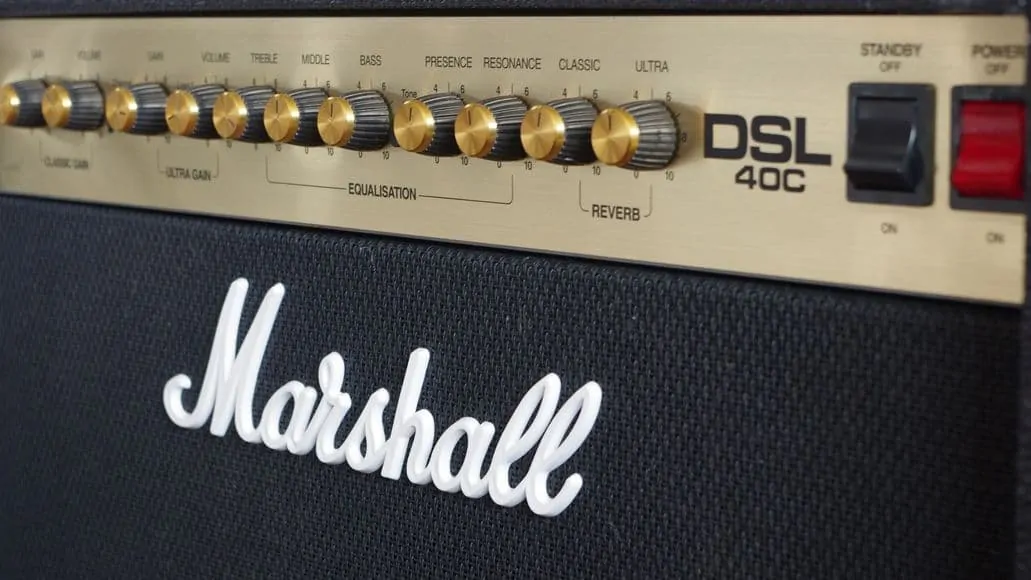
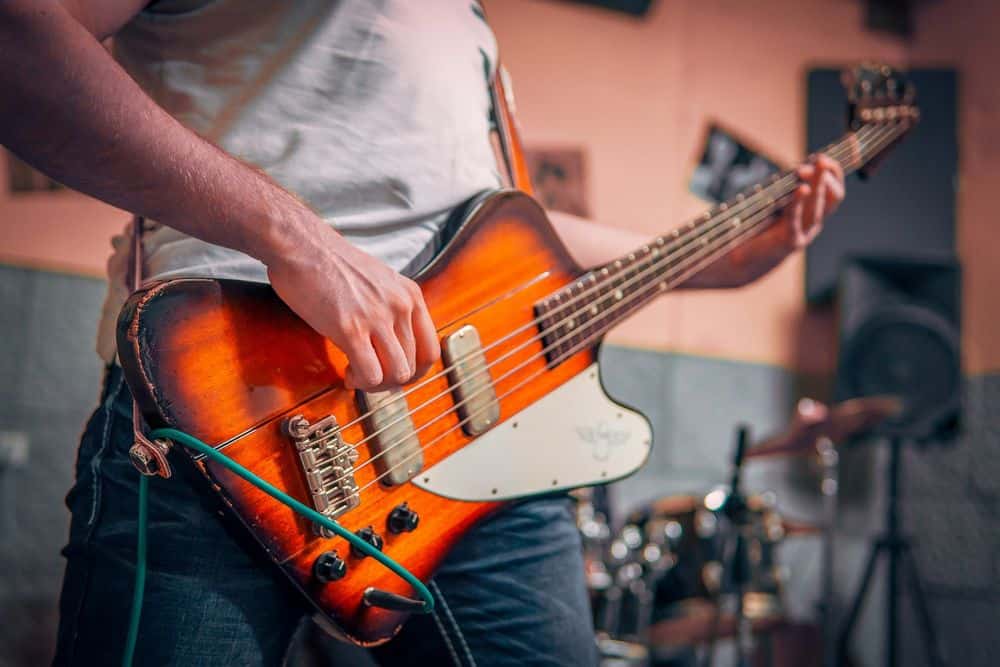
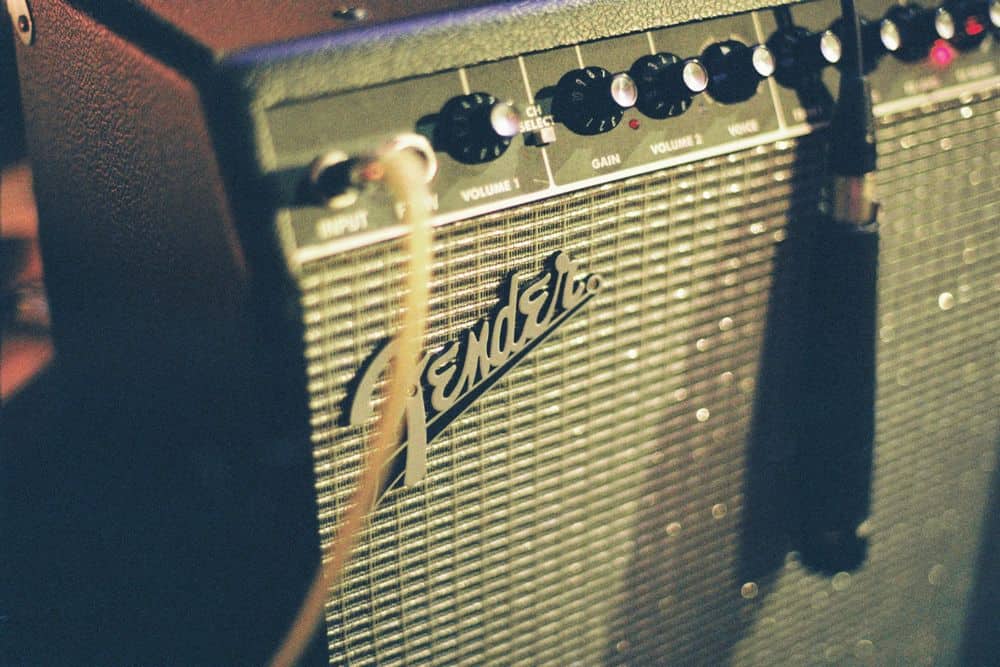
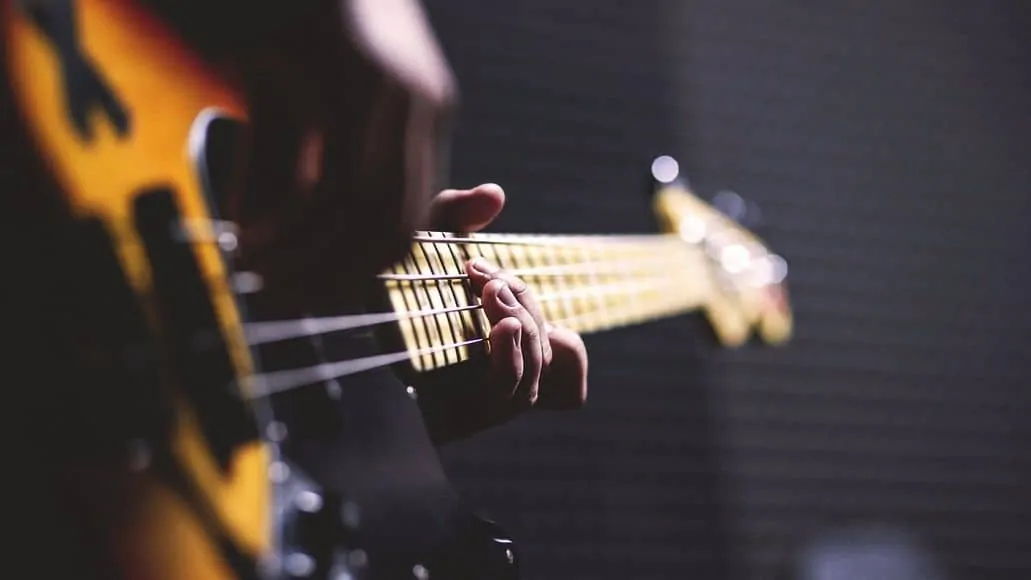
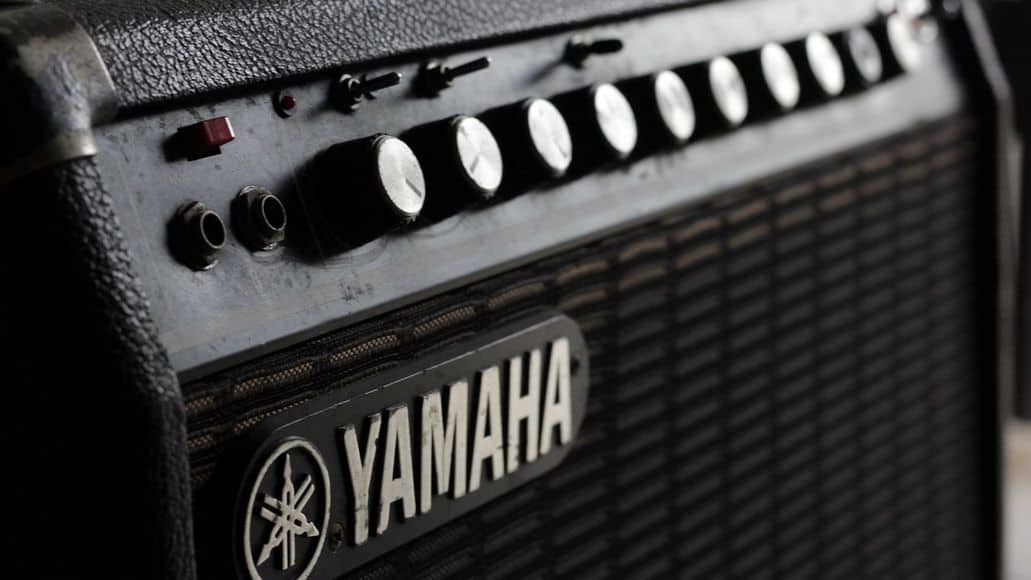
Leave a Reply